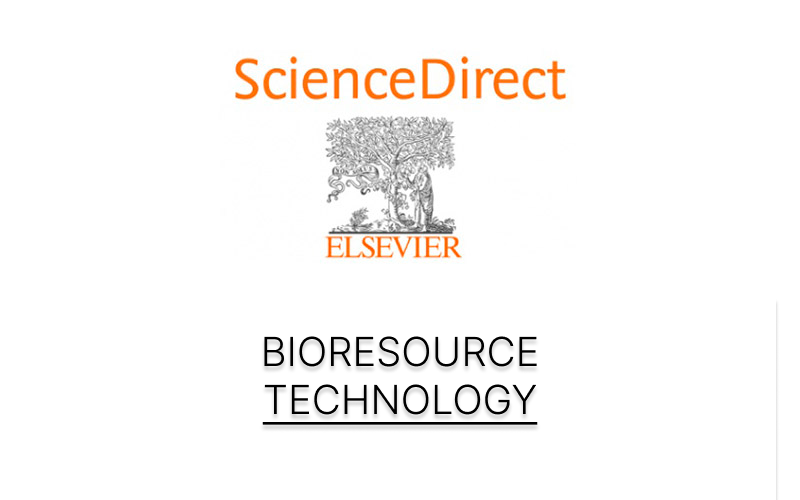
Biomethane potential test applied to psychrophilic conditions: Three issues about inoculum temperature adaptation
ELSEVIER, Bioresource Technology Reports, vol. 20, 101279, December 2022
Authors: Jaime Martí-Herreroa b ; Liliana Castroc ; Jaime Jaimes-Estévezc ; Mario Grijalvad ; Monica Gualatoñad ; María Belen Aldás d ; Humberto Escalantec
a Biomass to Resources Group, Universidad Regional Amazonica Ikiam, Via Tena-Muyuna, Km.7, Tena, Napo, Ecuador
b Centre Internacional de Mètodes numèrics en Enginyeria (CIMNE), Building Energy and Environment Group, Edifici GAIA (TR14), C/Rambla Sant Nerbridi 22, 08222, Terrassa, Spain
c Centro de Estudios e Investigaciones Ambientales, Universidad Industrial de Santander, Carrera 27, Calle 9, Bucaramanga, Colombia
d Department of Civil and Environmental Engineering, Escuela Politécnica Nacional, Ladrón de Guevara E11-253, Quito 170525, Ecuador
Abstract:
This study aimed to give lights for establishing a psychrophilic BMP test by three approaches for inoculum acclimation under 25 °C. The first test was run using stabilized mesophilic (25 °C) and psychrophilic (15 °C) inoculums to digest cellulose. Second was based on temperature acclimatization of inoculum just by time, from 30 to 10 and 20 °C. The third was running a consecutive BMP under psychrophilic temperatures (23 °C). Cellulose psychrophilic BMP using stabilized psychrophilic inoculum achieve similar results to those obtained at mesophilic conditions with stabilized mesophilic inoculum. Time acclimatization of inoculum improve BMP results respect non-adapted (from 0.47 to 055 Nm3 CH4 kg−1 SV at 20 °C, from 0.31 to 0.44 Nm3 CH4 kg−1 SV at 10 °C). Consecutive BMP under psychrophilic conditions shows better results for inoculum acclimatization to run assays at low temperatures. There is a need to develop and standardize a procedure to run psychrophilic BMP.
































